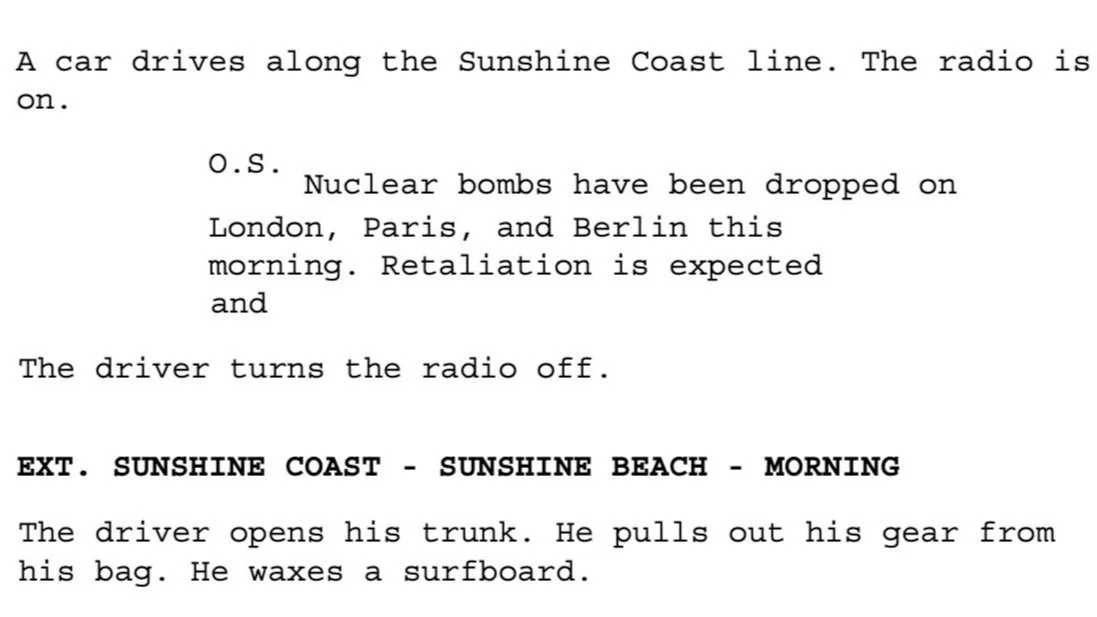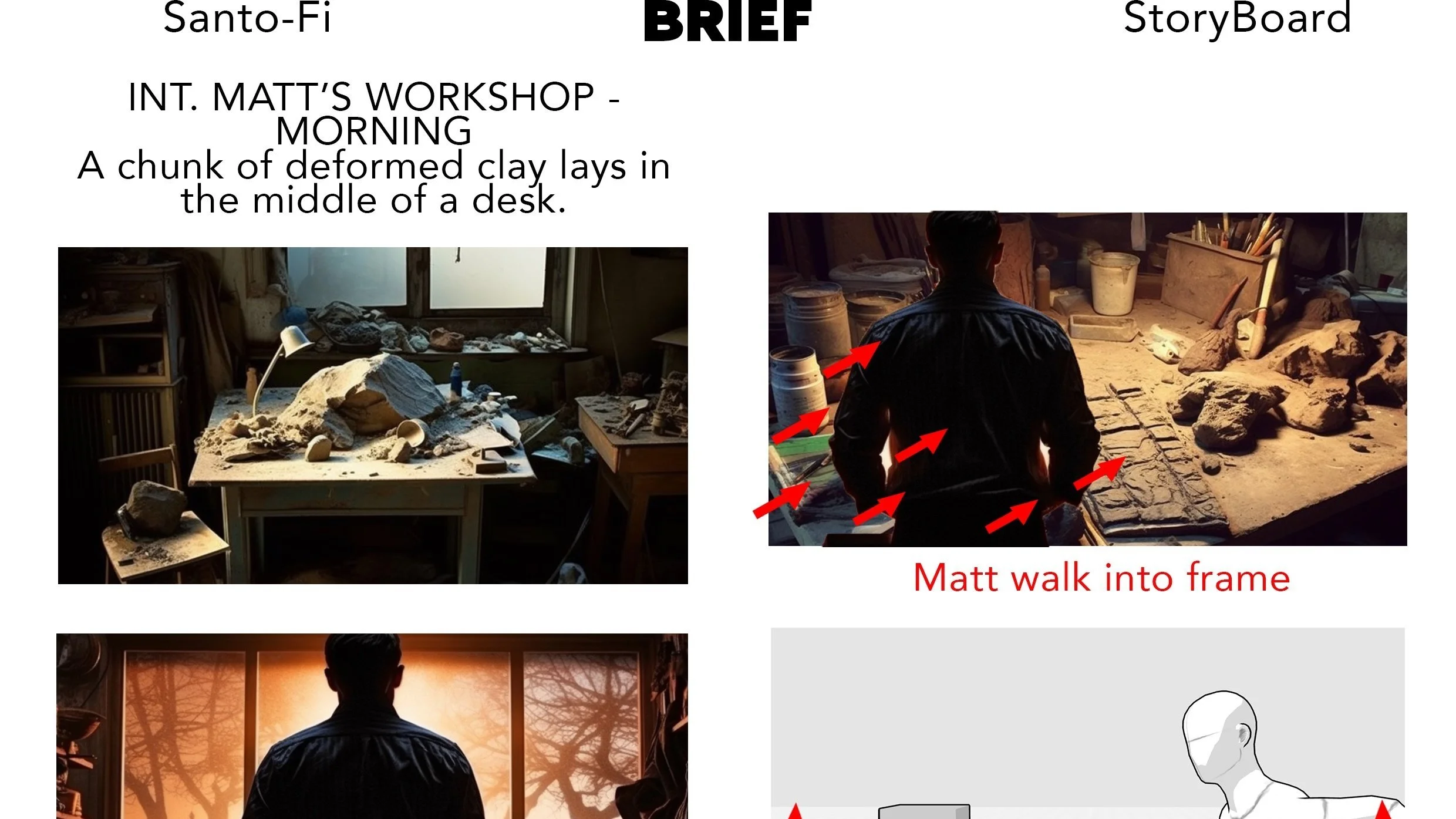The Birth Of An Idea
Composing and bringing your story to life.
The Vision: Define your message and theme: Determine the central message or theme you want to convey through your visual story. This could be a specific emotion, idea, or moral lesson you want your audience to take away from the film.
The Public: Know your audience: Understand who your target audience is, including their demographics, interests, and preferences. Tailor your visual storytelling to resonate with this specific audience demographic.
The Length: Audience Preferences: Consider the preferences and habits of your target audience. For example, younger audiences may have shorter attention spans and prefer shorter content, while older demographics might be more accustomed to longer formats.
3.1 Platform and Distribution Channel: The platform or distribution channel where your visual story will be shared can also impact the ideal length. For example, social media platforms like TikTok or Instagram may favor shorter, more concise content, while streaming services like Netflix or YouTube may accommodate longer formats.
The Story: Craft a compelling script for your visual storytelling piece by defining your story concept, creating a detailed outline, focusing on visual storytelling techniques, developing engaging characters, refining through revision, considering pacing and timing, finalizing for production, and preparing for the filmmaking process.
The Storyboards: Storyboarding sets the groundwork for your visual project, helping distribute your budget, identify essential story elements, and initiate planning for filming pace and editing flow. It's the first step in ensuring smooth communication and execution during production.
The Plan: Scheduling your days properly is vital to maximizing film days. Dividing scenes into groups can streamline the process. Categorize scenes as outdoors or indoors; unpredictable weather can affect outdoor shoots despite preparation. Check controllable factors, like equipment, and use apps to track sun positions for scene planning. Always triple-check for weather warnings to mitigate potential disruptions. The remaining decisions will prioritize convenience and efficiency. When feasible, combine tasks and streamline processes without compromising the project's integrity. Opt for rational and logical approaches. Whenever possible, work with the same team members to maintain consistency and synergy.
The Big Day(s): On-site, ensure everyone is briefed on the plan. Assign someone to manage time and keep everyone informed of schedules. Encourage hydration and regular meals. Prioritize capturing hero shots and maintain consistency in color, composition, and movement throughout different sections. Ensure shots align with the visual proposal from the Director of Photography (DOP). When in doubt, follow the sequence of tight shot, medium shot, and wide shot, or vice versa, to maintain coherence and visual storytelling continuity.
The Music: The music is as crucial as the visual elements in storytelling, if not more so. Finding the right tune is often the most challenging and time-consuming aspect of a project. Ultimately, ensure that the music complements the narrative. In shorter commercials, avoid overloading with unnecessary elements.
The Pace: Ensure that the music and editing enhance the efforts put into composing and lighting by emphasizing the right aspects. While pace is crucial, maintain a mindset of consistency: establish a core, layer elements to add depth, mix and match components, and polish the final product for coherence.
“Brand Development: Social media posts with images generate 650% higher engagement than text-only posts (HubSpot).
Visual content increases brand recall by 65% after three days (Brain Rules).
Product Placement:
Branded content is more effective than traditional advertising in generating engagement, according to 72% of marketers (Nielsen).
73% of consumers are more likely to purchase a product after watching a branded video (Animoto).
Profit Increase:
Companies with strong visual content marketing strategies achieve 7.8x higher growth in unique site visits (Aberdeen Group).
Top-quartile companies for visual content creation grow revenues 1.5 times faster than bottom-quartile companies (McKinsey).
Market Reach:
Online videos will make up over 82% of consumer internet traffic by 2022 (Cisco).
Visual content is essential to 58% of marketers' social media strategies (Social Media Examiner).”


